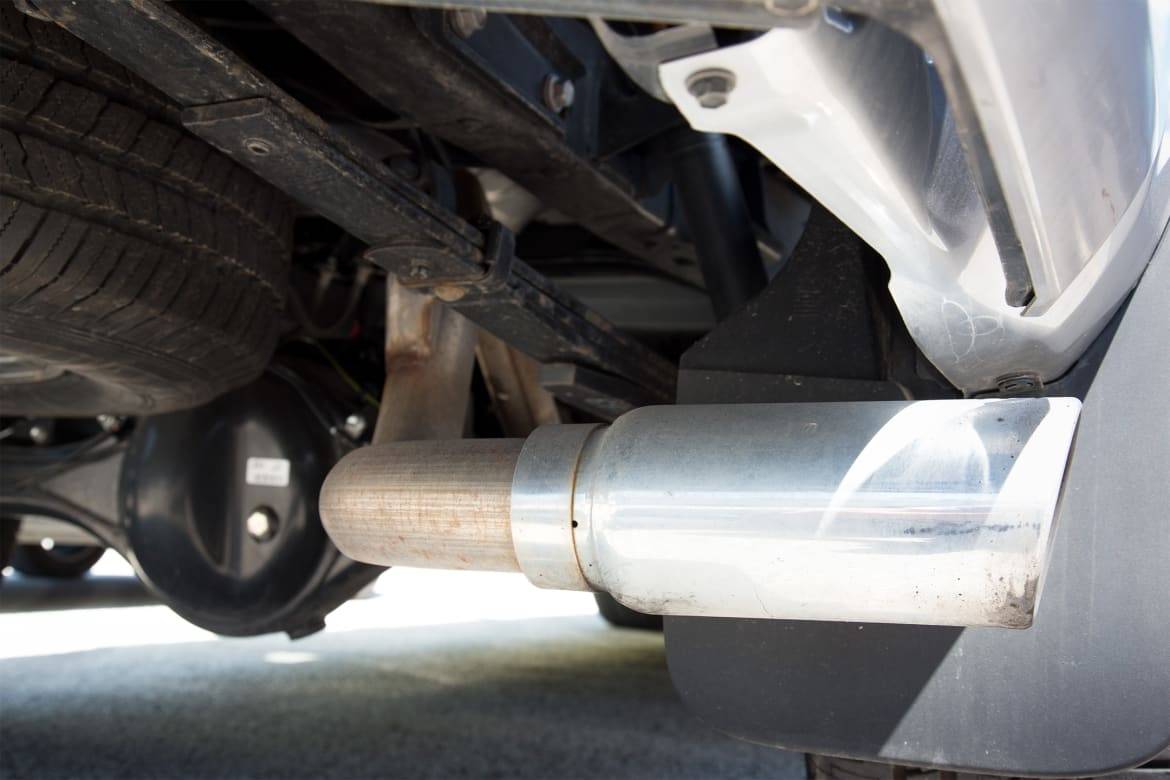Should the Exhaust System Last the Life of a Vehicle?


CARS.COM — A few decades ago, most car owners could count on having to replace at least part of their exhaust system every five years or sooner. Muffler shops seemed to be doing brisk business on every busy street. Today, though, most modern vehicles have stainless-steel or aluminized-steel exhaust systems that seem to last a lifetime.
Related: Common Exhaust System Problems
Even if you don’t hear a loud rumble from the exhaust, a rattle from your muffler or metal parts dragging on the pavement, that doesn’t mean rust, wear and tear haven’t taken a toll. Though it’s reasonable to expect several years of reliability out of an exhaust system, vehicles should periodically be inspected for corrosion or signs of damage. This is the best way to protect your system from further potential damage.
Causes of Physical Damage to Your Exhaust System
Hangers, clamps and brackets that hold exhaust parts in place wear out, allowing excessive movement of components that accelerates excessive wear in other parts. Rust can damage heat shields (which help prevent fires when a car is running and parked on dry grass) and create pinholes in mufflers and pipes that allow exhaust gas to seep into the interior — including odorless but potentially fatal carbon monoxide.
Rocks and other debris, running over a curb or bottoming out in a pothole can cause physical damage to the exhaust system. In addition, the catalytic converter, which reduces harmful emissions, can become clogged (though that typically triggers a check-engine light). Signs of a clogged converter include loss of power, a sulfur smell or excessive heat under the vehicle.
In the snow belt, salt can damage exhaust parts over time, especially if it isn’t washed off on a regular basis (running a vehicle through a car wash accomplishes that). In addition, exhaust components can rust from within. Water accumulates in fuel systems, and before an engine reaches full operating temperature you can often see drops of water coming out the tailpipe. On vehicles that are frequently driven short distances, the exhaust system doesn’t get warm enough for the water to evaporate, and that can corrode metal parts.
Because the exhaust system is mostly out of sight, it’s usually out of mind, too, until noise levels rise or parts fall off. But exhaust parts are subjected to extreme heat and difficult road and environmental conditions that make it unlikely they’ll last a lifetime.
Cars.com’s Editorial department is your source for automotive news and reviews. In line with Cars.com’s long-standing ethics policy, editors and reviewers don’t accept gifts or free trips from automakers. The Editorial department is independent of Cars.com’s advertising, sales and sponsored content departments.

Contributor Rick Popely has covered the auto industry for decades and hosts a weekly online radio show on TalkZone.com.
Featured stories




